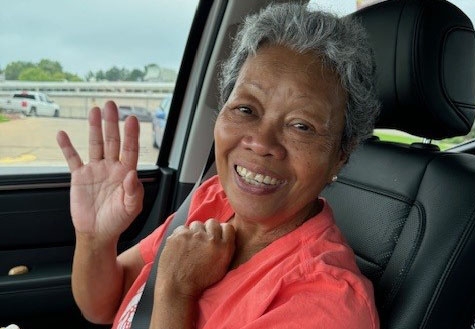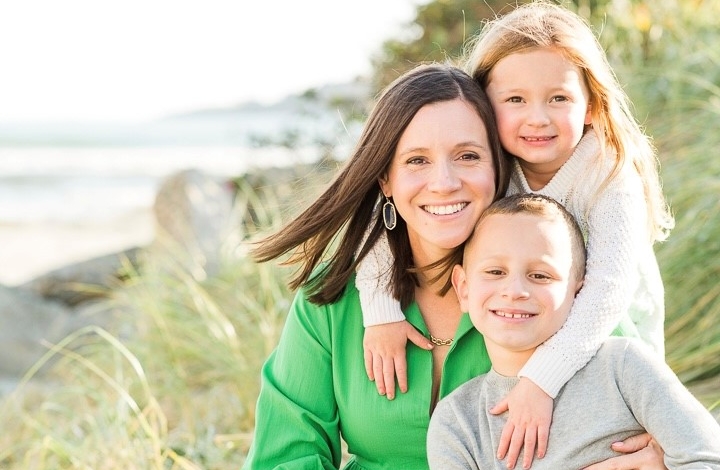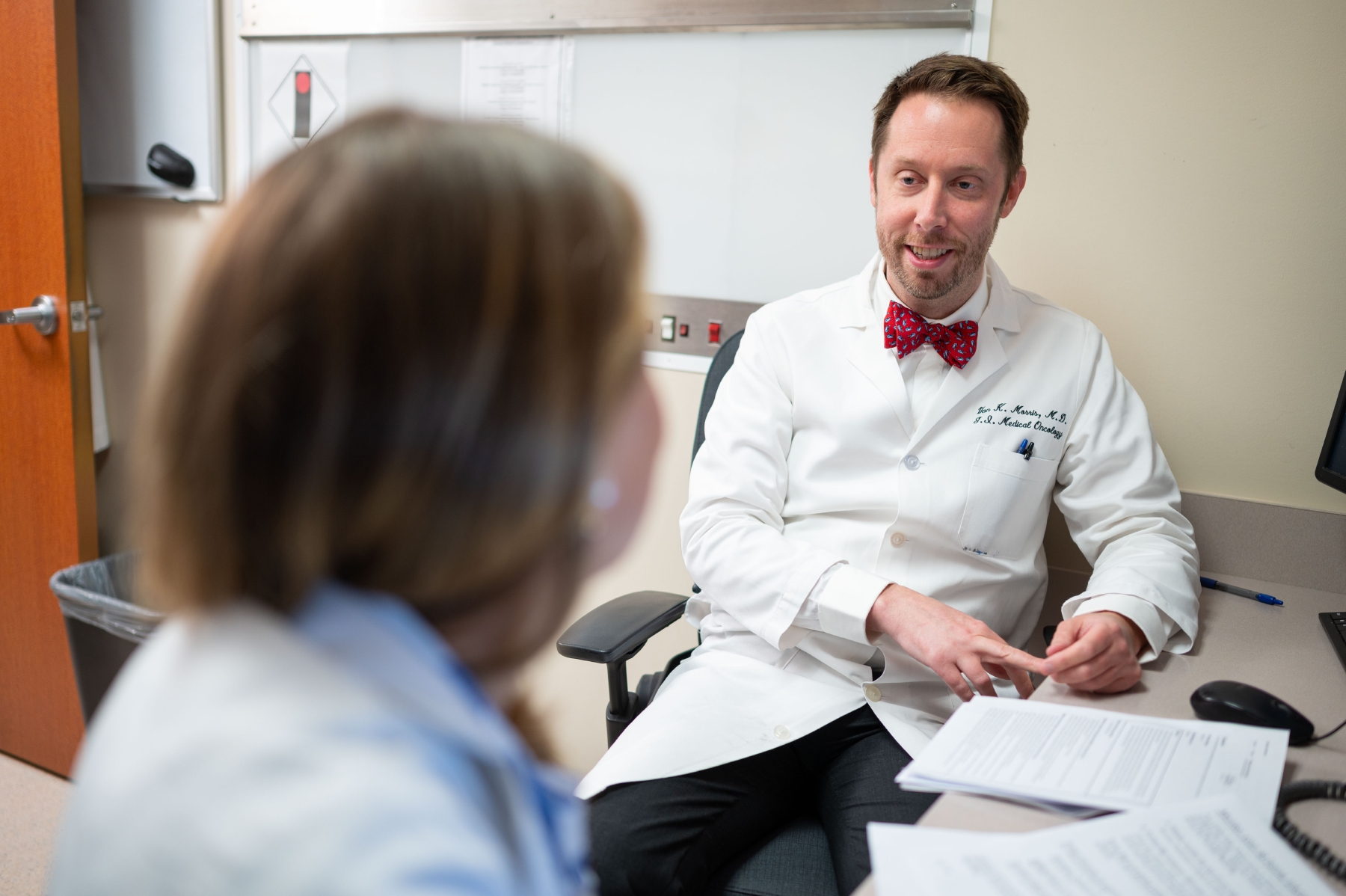- Diseases
- Acoustic Neuroma (14)
- Adrenal Gland Tumor (24)
- Anal Cancer (66)
- Anemia (2)
- Appendix Cancer (16)
- Bile Duct Cancer (26)
- Bladder Cancer (68)
- Brain Metastases (28)
- Brain Tumor (230)
- Breast Cancer (718)
- Breast Implant-Associated Anaplastic Large Cell Lymphoma (2)
- Cancer of Unknown Primary (4)
- Carcinoid Tumor (8)
- Cervical Cancer (154)
- Colon Cancer (164)
- Colorectal Cancer (110)
- Endocrine Tumor (4)
- Esophageal Cancer (42)
- Eye Cancer (36)
- Fallopian Tube Cancer (6)
- Germ Cell Tumor (4)
- Gestational Trophoblastic Disease (2)
- Head and Neck Cancer (6)
- Kidney Cancer (124)
- Leukemia (344)
- Liver Cancer (50)
- Lung Cancer (288)
- Lymphoma (284)
- Mesothelioma (14)
- Metastasis (30)
- Multiple Myeloma (98)
- Myelodysplastic Syndrome (60)
- Myeloproliferative Neoplasm (4)
- Neuroendocrine Tumors (16)
- Oral Cancer (100)
- Ovarian Cancer (170)
- Pancreatic Cancer (164)
- Parathyroid Disease (2)
- Penile Cancer (14)
- Pituitary Tumor (6)
- Prostate Cancer (144)
- Rectal Cancer (58)
- Renal Medullary Carcinoma (6)
- Salivary Gland Cancer (14)
- Sarcoma (236)
- Skin Cancer (296)
- Skull Base Tumors (56)
- Spinal Tumor (12)
- Stomach Cancer (60)
- Testicular Cancer (28)
- Throat Cancer (90)
- Thymoma (6)
- Thyroid Cancer (98)
- Tonsil Cancer (30)
- Uterine Cancer (78)
- Vaginal Cancer (14)
- Vulvar Cancer (18)
- Cancer Topic
- Adolescent and Young Adult Cancer Issues (20)
- Advance Care Planning (10)
- Biostatistics (2)
- Blood Donation (18)
- Bone Health (8)
- COVID-19 (362)
- Cancer Recurrence (120)
- Childhood Cancer Issues (120)
- Clinical Trials (628)
- Complementary Integrative Medicine (24)
- Cytogenetics (2)
- DNA Methylation (4)
- Diagnosis (230)
- Epigenetics (6)
- Fertility (64)
- Follow-up Guidelines (2)
- Health Disparities (14)
- Hereditary Cancer Syndromes (124)
- Immunology (18)
- Li-Fraumeni Syndrome (8)
- Mental Health (118)
- Molecular Diagnostics (8)
- Pain Management (62)
- Palliative Care (8)
- Pathology (10)
- Physical Therapy (18)
- Pregnancy (18)
- Prevention (898)
- Research (392)
- Second Opinion (74)
- Sexuality (16)
- Side Effects (604)
- Sleep Disorders (10)
- Stem Cell Transplantation Cellular Therapy (216)
- Support (404)
- Survivorship (322)
- Symptoms (184)
- Treatment (1776)
Remission after allogeneic stem cell transplant and clinical trials
3 minute read | Published January 13, 2017
Medically Reviewed | Last reviewed by an MD Anderson Cancer Center medical professional on January 13, 2017
When Sandra Hurley was diagnosed with chronic lymphocytic leukemia (CLL) back in 1997, an Ohio-based oncologist gave her two to four more years to live and bluntly told her to get her affairs in order.
“After I went through the shock, tears and ‘woe is me’ stages, I just thought, ‘This is unacceptable,’” Sandra says. “I was only in my mid-40s at the time. And my kids had just graduated from high school and entered military academies, so I still had lots to do.”
Thankfully, Sandra didn’t take that doctor’s advice. Instead, she came to MD Anderson for a second opinion – and ultimately a successful allogeneic stem cell transplant.
Identifying Sandra’s stem cell donor
During her first visit to MD Anderson, Sandra met with Michael Keating, M.D.
“Dr. Keating was just so positive,” Sandra recalls. “He said, ‘That’s a bunch of bunk. You’re not going to die.’ He told me I was going to have to go through some bad times, but that there were so many new treatments we could try. And we’d just keep working at it.”
Under Keating’s care, Sandra participated in a number of clinical trials involving different chemotherapy combinations. After more than a decade of those treatments, she received an allogeneic stem cell transplant. But locating a good bone marrow donor was a challenge.
“I’ve only got one sister, and neither she nor my kids were a match,” Sandra says. “So, the doctors conducted a worldwide search. It turned out a 26-year-old male was almost a perfect match. And he was willing to do this for a complete stranger, which I’m just in awe of.”
Allogeneic stem cell transplant side effects
Sandra’s allogeneic stem cell transplant took place on May 26, 2010. After the procedure, debilitating fatigue proved to be one of the hardest side effects to deal with.
“I remember getting up in the mornings and willing myself to stay awake until after lunch,” Sandra says. “That’s when I would finally let myself take a nap.”
Weight loss also posed a significant challenge. “I was about 110 pounds my whole life,” Sandra says. “But after the transplant, I had no appetite, and if I hit 104 pounds, it was a good day. I used to put rolls of pennies in my pockets when I would come in for my check-ups, because psychologically, I just could not handle going below 100.”
But the most emotionally wrenching side effect for Sandra was losing her hair. She dealt with it by cutting her dark-brown tresses super short right before the allogenic stem cell transplant, and afterwards by embracing the curly gray locks that grew back.
“The hair loss was more than vanity,” Sandra says. “It was about the realization that I was sick. Walking out of the salon with no hair was traumatic. But after my first haircut, my hair started coming in dark brown again. I’m back to myself.”
Advice for other leukemia patients
One way Sandra stayed positive throughout her cancer journey was by connecting with other leukemia survivors.
“A woman who lived about 20 miles north of us had had CLL for 20 years,” she says. “She was a lot older than I was when she was diagnosed, but I started talking to her and she gave me hope.”
A man Sandra befriended in the waiting area of Keating’s office also had CLL, and his disease progressed much faster than hers.
“So, I would call him and ask, ‘What should I expect?’” Sandra says. “We are still friends to this day.”
Now, she shares that same encouragement with other patients through myCancerConnection, MD Anderson’s one-on-one support program for patients and caregivers.
“I tell people just three things: watch your stress levels, keep a positive attitude and find some kind of faith,” Sandra says. “Trust that everything is OK. With CLL, you’re never really considered ‘cured,’ but I am in total remission now, almost 20 years later. And that’s about as good as you’re going to get.”
Request an appointment at MD Anderson online or by calling 1-877-374-3398.
Related Cancerwise Stories

I am in total remission now, almost 20 years later. And that’s about as good as you’re going to get.
Sandra Hurley
Survivor





